Vintage Tribal Kilim Runner 3' 5" x 10' 6" (41" x 126")
Type:
Kilim RugsCollection:
Tribal RunnersID:
K0077536Size:
Material:
The designs feature a rich array of symbols representing tribal culture and Anatolian motifs, often in the form of medallions, diamonds, and other geometric shapes.
The designs feature a rich array of symbols representing tribal culture and Anatolian motifs, often in the form of medallions, diamonds, and other geometric shapes. These kilim runners are ideal for hallways and narrow spaces, offering a touch of ethnic charm and artisanal quality to any interior.
Herki kilims not only serve as functional floor coverings but also as artistic expressions of tribal identity, making each rug a unique cultural artifact.
Design Elements
- Pattern: The kilim runner features a series of geometric shapes and symmetrical patterns, typical of tribal designs. The use of varied diamonds, triangles, and zigzag lines creates a dynamic visual experience.
- Texture: Being a handwoven kilim, it showcases a flatweave construction, which gives it a smooth texture while retaining durability.
- Borders: The runner includes bold borders that frame the central patterns, enhancing its overall visual impact and providing a sense of structure.
- Focal Points: The central motifs attract the viewer’s attention, acting as focal points that guide the eye throughout the runner.
Colors
- Dominant Colors: The vibrant reds and oranges dominate the design, creating an energetic and warm feel. These colors symbolize warmth, passion, and comfort.
- Contrasting Colors: The inclusion of whites and grays creates contrast and depth, balancing the warmth of the reds and oranges while adding earthiness and grounding the design.
- Color Usage: The interplay of hues not only draws attention but also signifies different elements of tribal life, such as nature and the environment.
Main Motifs and Their Symbolism
- Diamonds: Often representing harmony and balance, diamonds signify prosperity and protection in tribal cultures.
- Triangles: Symbolizing strength and stability, triangles convey a sense of direction and movement, indicating growth or a journey.
- Zigzag Lines: The zigzag patterns often represent water or lightning, symbolizing life and energy, which are vital elements in many tribal beliefs.
- Checkerboard Patterns: These motifs evoke a sense of duality and balance, often reflecting the interplay between opposing forces or ideas.
Summary
The vintage tribal kilim runner incorporates vibrant colors like reds, oranges, and contrasting shades. Its geometric patterns enhance its visual complexity and depth while representing various cultural symbols. The motifs, including diamonds, triangles, zigzags, and checkerboards, carry significant meanings, such as harmony, strength, movement, and duality, reflecting the rich tradition and beliefs of the tribal communities that originated this piece.
- Ships in 1-4 business days
- Only one in stock, handmade, unique
- Free shipping via FedEx Express. Easy returns
- Contact us or add a note to your order if you want us to delay your shipping.
- Request more info if you want this rug shorter or narrower
Colors may appear slightly different across various monitors due to screen settings device differences, and external lighting conditions. If color accuracy is important for your space, we recommend viewing the rug on multiple devices or contacting us for a detailed color description. We can provide detailed photos and references using Sherwin-Williams, Benjamin Moore, Pantone, or even Crayola crayons.
You can also visualize most of our products in your own room with AR (augmented reality) on an iPhone or iPad.
Return Policy
Need a rug pad? We recommend RugPadUSA
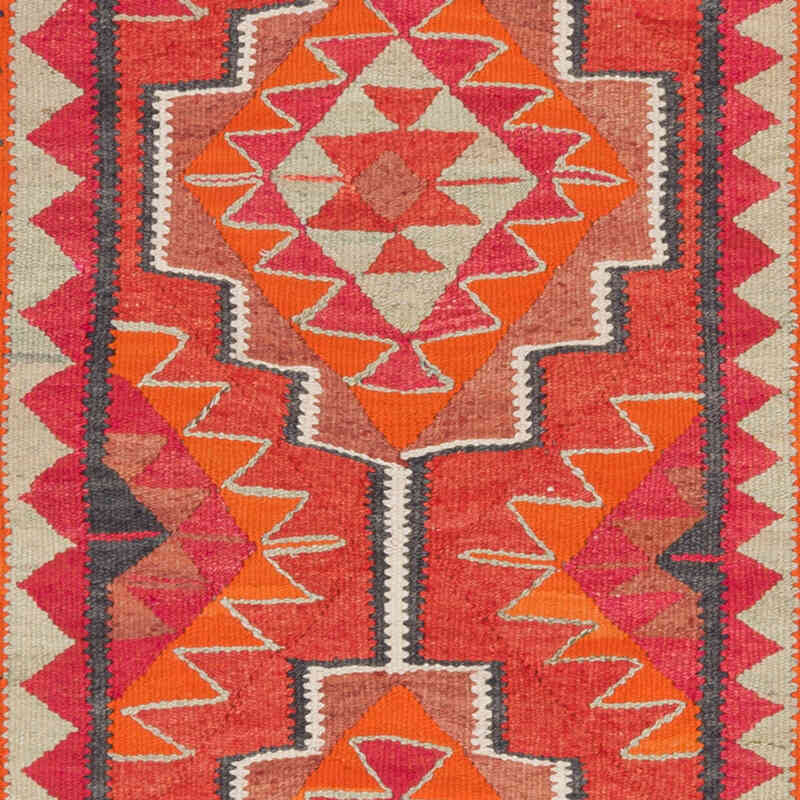
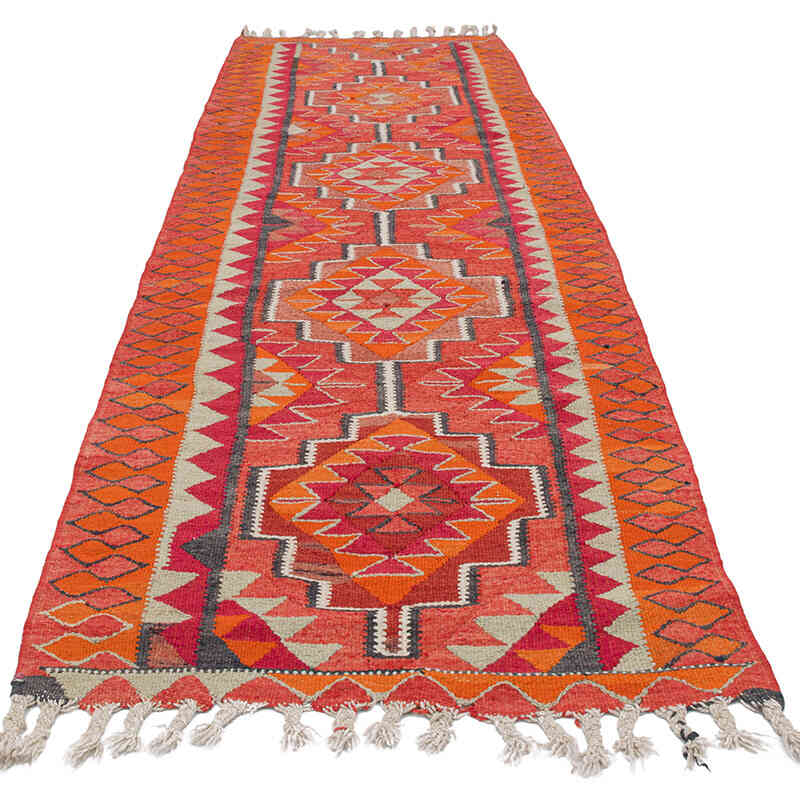
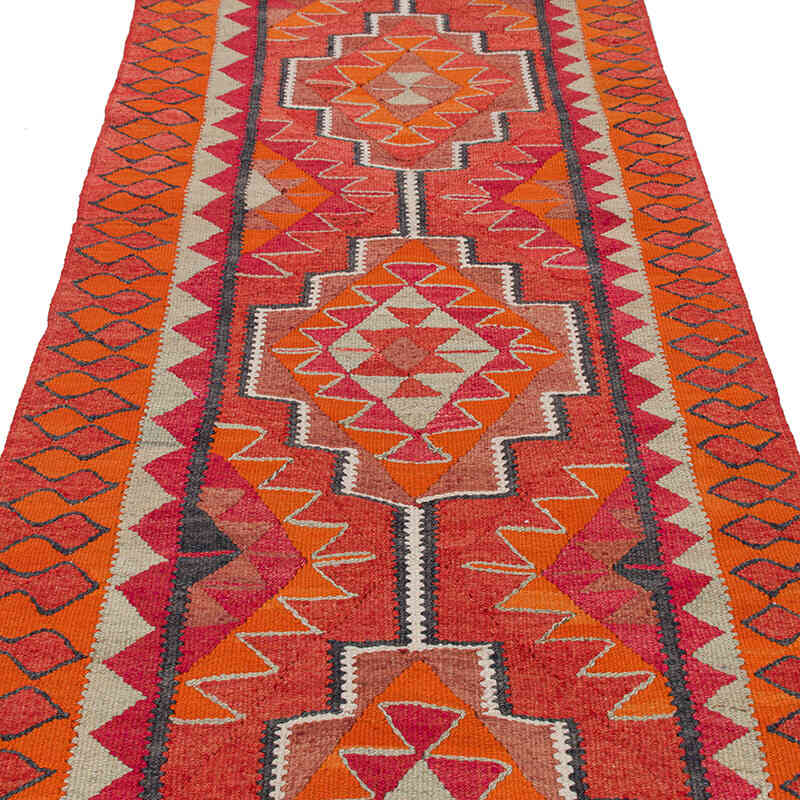
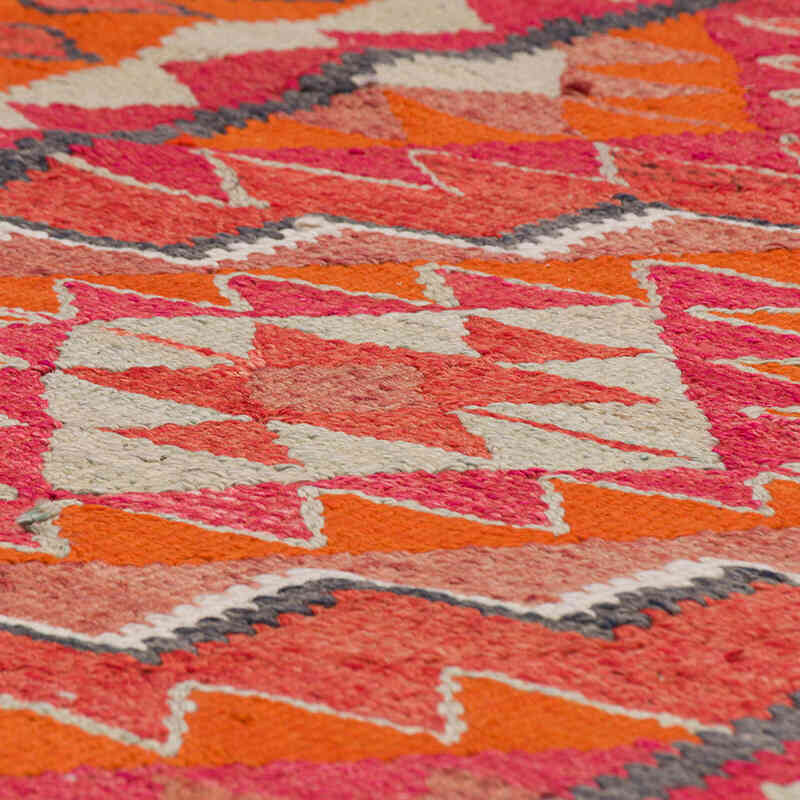
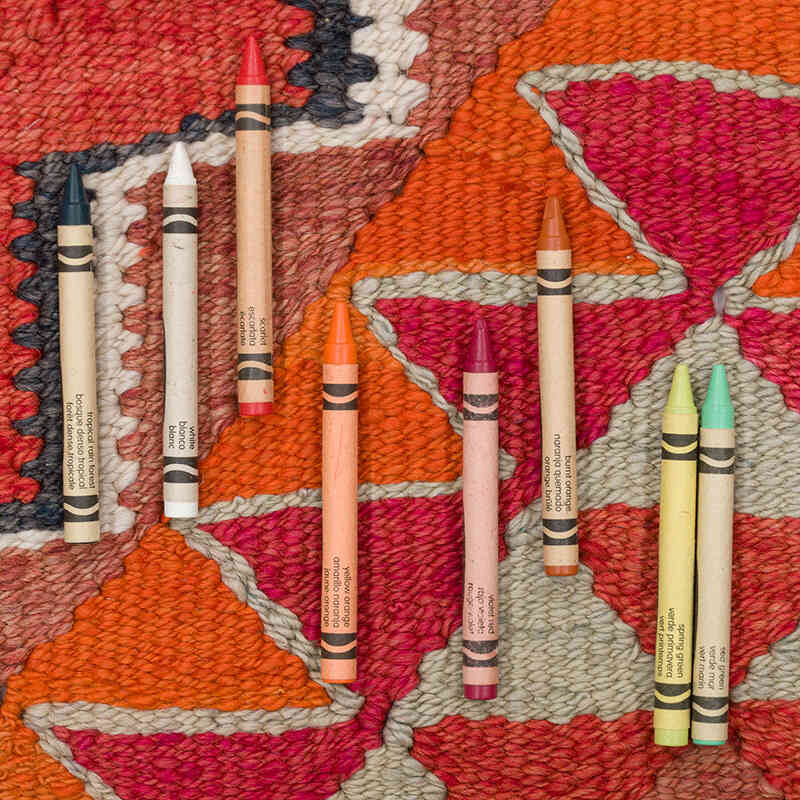
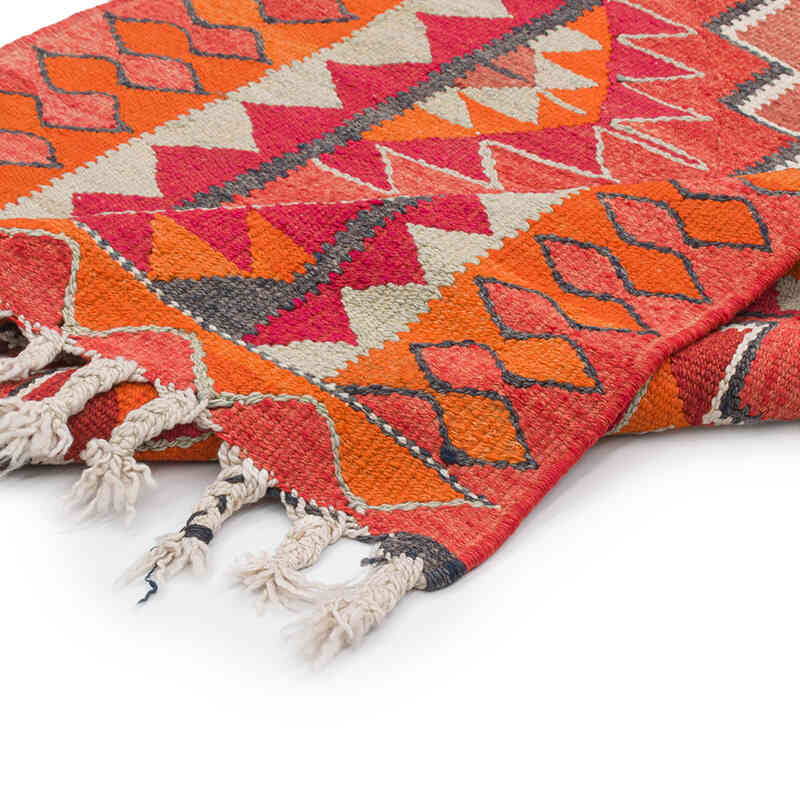
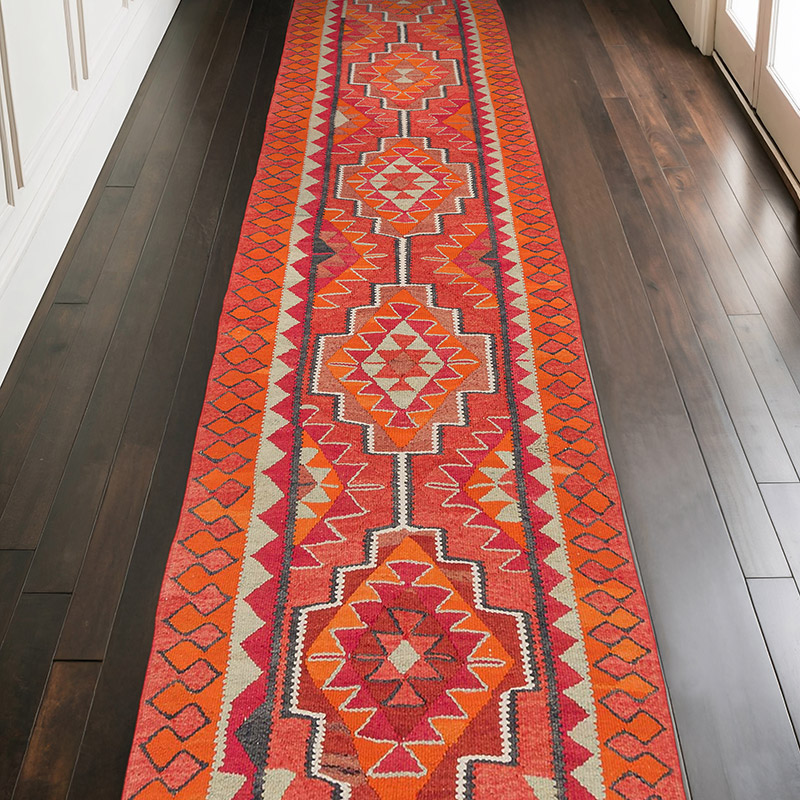













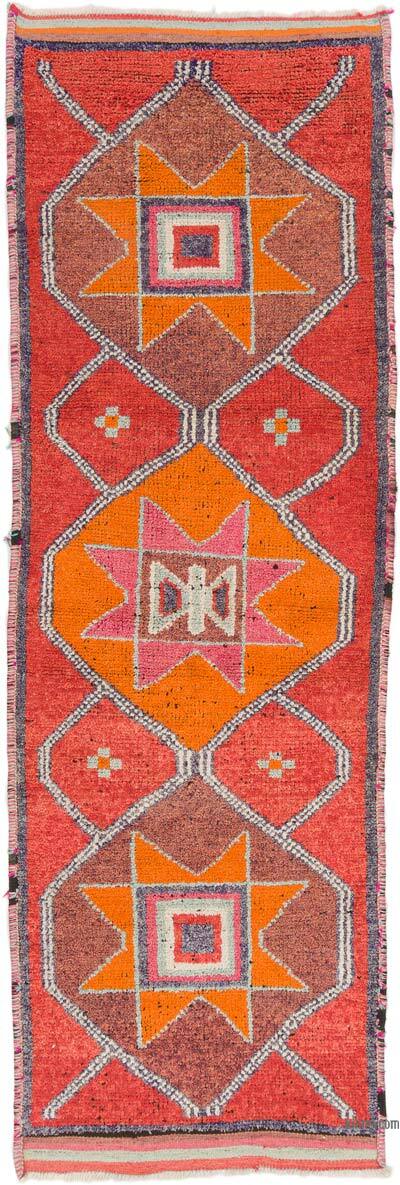


5th kilim rug